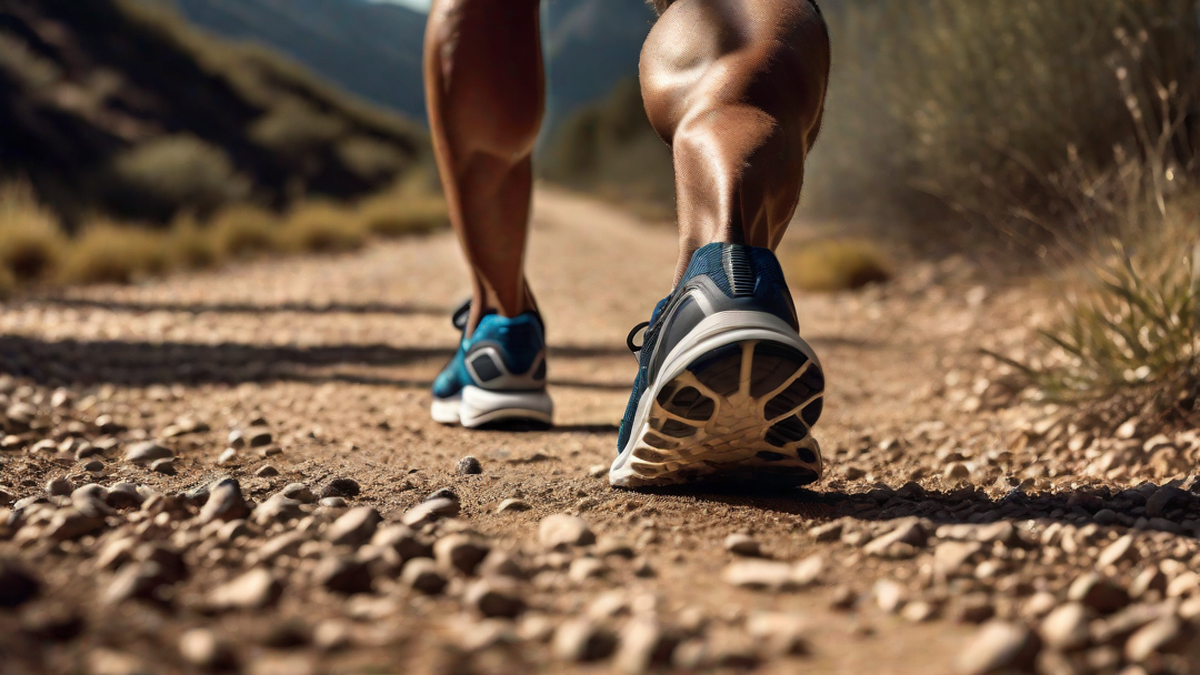As an avid runner, I have often wondered about the impact of running on the size of my legs. Many people have the misconception that running always leads to slim and toned legs, but could it also be possible for running to make your legs bigger? Let’s delve into this topic and explore the science behind leg size and running.
The Science of Leg Size and Running
Running primarily targets the muscles in the lower body, including the quadriceps, hamstrings, calves, and glutes. These muscles are constantly engaged during running, especially during uphill climbs and sprints. Over time, this repetitive activity can lead to muscle hypertrophy, which is the scientific term for muscle growth. When you engage in regular running, your leg muscles are constantly being worked, potentially leading to an increase in muscle size.
The Role of Genetics
It’s important to note that the extent of muscle growth from running can be influenced by genetics. Some individuals are genetically predisposed to develop larger muscles, while others may have a natural tendency to maintain leaner muscle mass. Therefore, the effect of running on leg size can vary from person to person.
Types of Running and Leg Size
The type of running you engage in can also impact the size of your legs. Endurance running, such as long-distance jogging, may contribute to leaner muscle development, as it focuses more on cardiovascular endurance rather than muscle hypertrophy. On the other hand, activities like sprinting and hill running place greater emphasis on explosive power, potentially leading to more significant muscle growth in the legs.
The Role of Nutrition
Another crucial factor to consider is nutrition. Muscle hypertrophy is not solely determined by exercise; it also depends on proper nutrition. Consuming an adequate amount of protein, which is essential for muscle repair and growth, can support the development of larger leg muscles in response to running.
Addressing Common Concerns
It is common for individuals, especially women, to express concerns about developing excessively bulky legs from running. However, the likelihood of achieving bodybuilder-like leg size from running alone is quite low for most individuals. Building significant muscle mass typically requires targeted resistance training and specific nutritional strategies.
Conclusion
In conclusion, the impact of running on the size of your legs is influenced by various factors, including genetics, running style, and nutrition. While running can contribute to muscle growth in the legs, the extent of this growth and the resulting leg size will differ from person to person. Ultimately, a balanced approach to running, coupled with proper nutrition, can help you achieve the leg size that aligns with your fitness goals.

